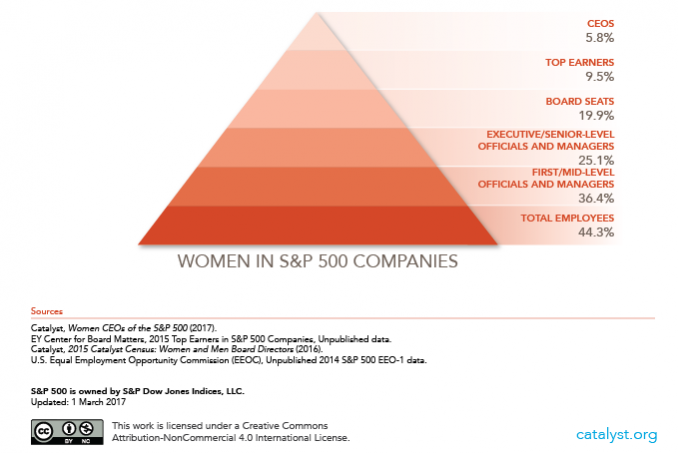Équilibre est un nouveau think tank luxembourgeois qui promeut la complémentarité des genres.
Why does diversity make sense overall in companies and how are women and men complementary when it comes to their leadership style?
Traditionally, the most appreciated leadership characteristics were masculine in their nature. Yet, in the past years, researchers have shown that many of these traits (assertiveness, individualism, and task orientation) did not always contribute to the efficacy of leadership. Thus leadership theory shifted to transformational leadership and its enhanced efficiency is supported by on going research.
It is interesting to note that many of the traits of the transformational leadership (such as collaboration and empowerment) are associated traditionally with women, which illustrates that many feminine features contribute to the leadership efficacy.
According to a study conducted in February 2016 published on IntechOpen, the presence of women in corporate leadership positions improves performance.
The same study specifies that the most modern characterization of an efficient leadership found in the literature and in mass media is heavily based on the characteristics considered to be feminine: charisma, ability to motivate the employees, and creativity in problem solving. Moreover, these characteristics of leadership are considered a real support for the efficacy of leadership. Subordinates of some of the female leaders are more willing to make supplementary effort, are more satisfied with their leaders, and are more efficient competitively in comparison with the subordinates of male leaders. It was also observed that women work harder than men in the same position, and this difference is explainable by the strict standards and exigencies manifested toward women.
On a macro-economic level, women’s presence in corporate leadership is positively correlated with characteristics such as company size as well as national characteristics such as girls’ math scores, the absence of discriminatory attitudes toward female executives, and the availability of paternal leave.
Despite the increasing data points available to prove the importance of gender diversity in management and boards, the reality is not reflecting the benefits proven by research as demonstrated in the chart on Women in S&P 500 companies.
 As more research and data points are pointing towards a positive correlation between company performance and the inclusion of more gender diversity in boards, senior management and middle management, we expect to see a move towards talent attraction and retention schemes geared towards capturing that under-utilized potential.
As more research and data points are pointing towards a positive correlation between company performance and the inclusion of more gender diversity in boards, senior management and middle management, we expect to see a move towards talent attraction and retention schemes geared towards capturing that under-utilized potential.
Best Practices such as the Promotion Scheme by Porsche or the Career-break inclusion program by Vodafone is just the beginning of a bigger move towards a more balanced society where everyone has more choices and freedom. #undostereotypes @equilibre_lux
Sources:
Cătălina Radu, Alecxandrina Deaconu and Corina Frăsineanu (2017). Leadership and Gender Differences—Are Men and Women Leading in the Same Way?, Contemporary Leadership Challenges, Ph.D. Aida Alvinius (Ed.), InTech, DOI: 10.5772/65774. Available from: http://www.intechopen.com/books/contemporary-leadership-challenges/leadership-and-gender-differences-are-men-and-women-leading-in-the-same-way-
Catalyst.org
Is Gender Diversity profitable? Evidence from a Global Survey – Marcus Noland, Tyler Moran, and Barbara Kotschwar. Link: https://piie.com/system/files/documents/wp16-3.pdf







